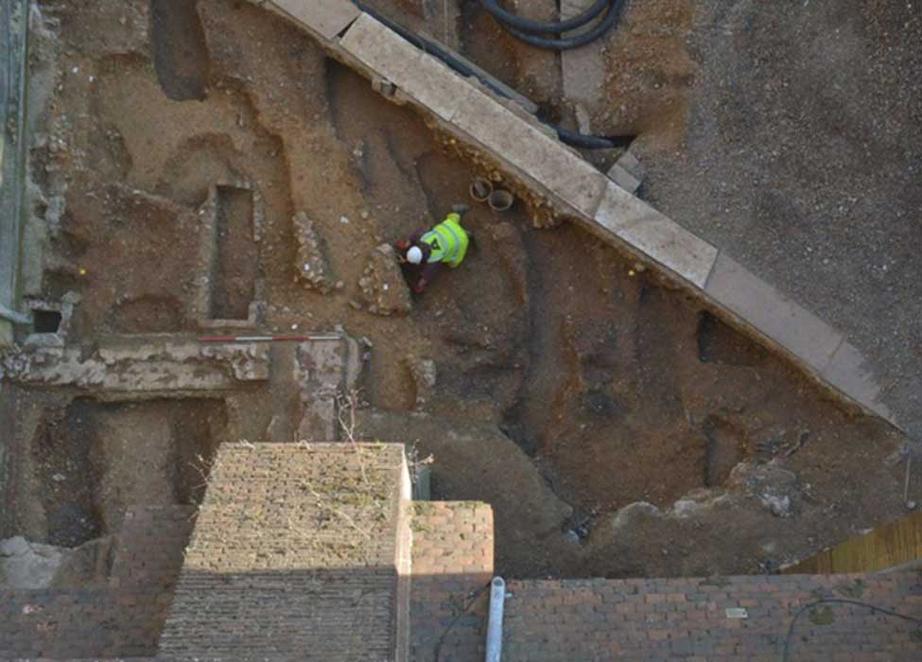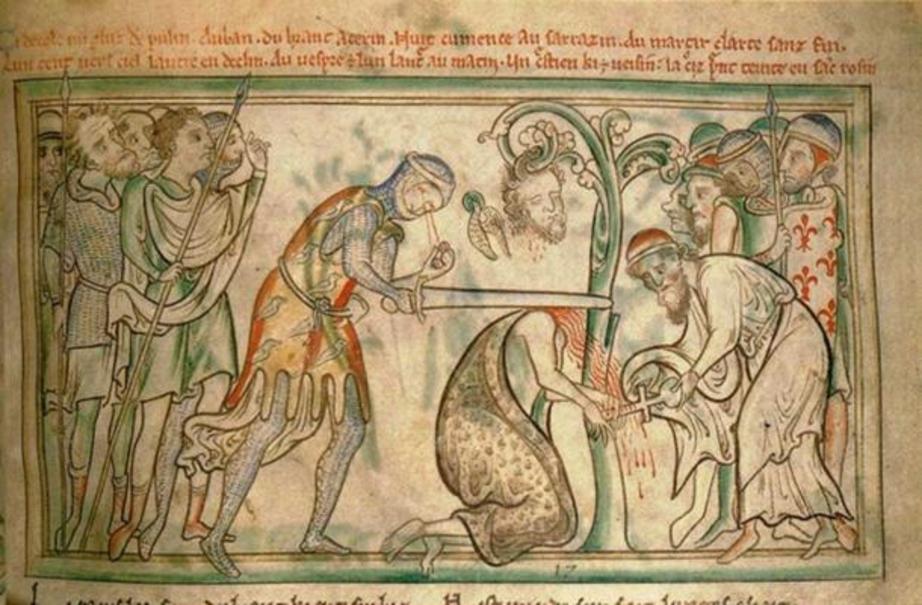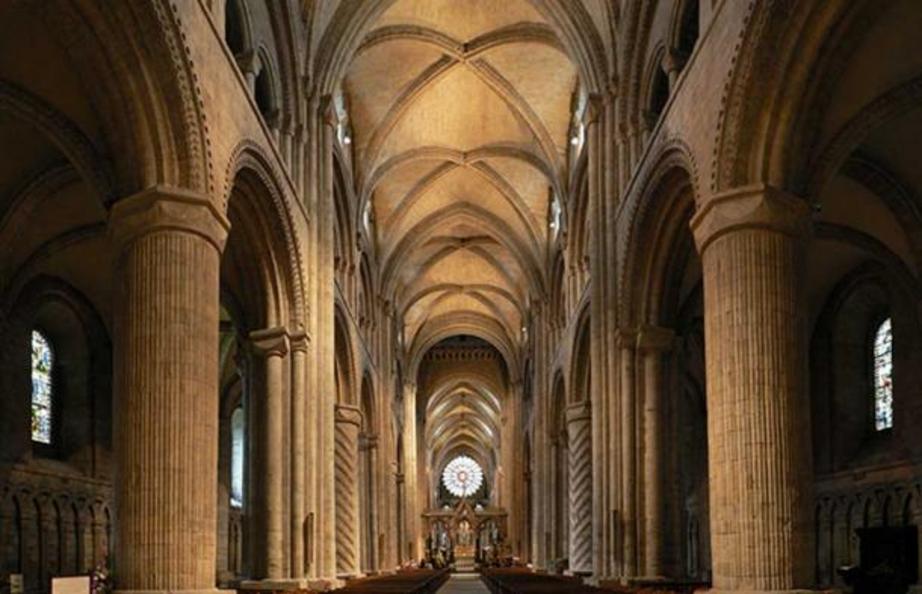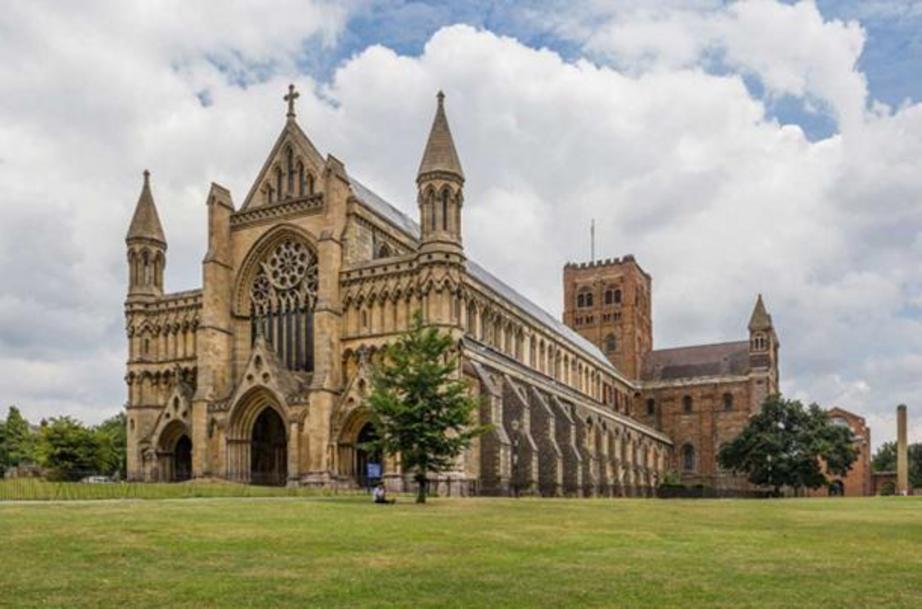1,000-year-old Norman cathedral ruins unearthed beneath church in England
The foundations of a Norman cathedral have been found under just 3ft (90cm) of soil during excavations at St Albans Abbey, the oldest place of continuous Christian worship in England. They are dated to 1077AD, making it one of the earliest Norman cathedrals in the country.
The BBC reports that the exciting discovery was made during excavation work being carried out by the Canterbury Archaeological Trust to prepare the site for the construction of a new visitor center.
"We've only gone about a metre down but everything's happened there - there's 1,000 years of history in a metre of earth," site director Ross Lane told the BBC.
During excavations, archaeologists found the remains of two massive apse-ended chapels, which are intrinsic to the Norman cathedral design. The apse is a large semi-circular recess, usually at one or both ends of a church, with an arched or domed roof.
St Albans Abbey – A Site of Martyrdom
St Albans Abbey, which is now officially a cathedral, is the oldest site of continuous Christian worship in Britain. It sits on the site where Alban was buried and made into a martyr after he was tortured and beheaded sometime during the 3rd or 4th century by Romans for sheltering a Christian priest at a time when Christians were facing heavy persecution.

Remains of the original apse built in 1077 was unearthed during excavation work at St Albans Cathedral. Credit: St Albans Cathedral
It is believed that the cathedral was built on the site of his execution, and a well at the bottom of the hill, Holywell Hill, is said to be the place where Alban’s head landed after rolling downhill.

The martyrdom of St Alban, from a 13th-century manuscript, now in the Trinity College Library, Dublin. Note the executioner's eyes falling out of his head. (public domain)
Symbols of Power: The Norman Cathedrals of England
The newly discovered cathedral beneath St Albans Abbey is one of only fifteen cathedrals built across Britain, and is one of the oldest, its construction completed just 11 years after the Normans invaded England in 1066 AD. After William the Conqueror began stamping his authority across his newly conquered kingdom, the ecclesiastical soon followed suit, eager to establish the superiority of Norman French culture and sophistication.
“Norman England was soon experiencing a building boom never before seen across the land,” writes Almost History. “Construction commenced on at least fifteen great cathedrals and all but two survive to this day.”
The cathedrals were built in the Romanesque style developed by the Normans in the 11th century, characterized by massive proportions, rounded arches over windows and doorways, a raised nave and a western façade completed by two towers.

The nave of Durham Cathedral (CC by SA 3.0)
Ancient Burials
The archaeological dig also yielded 20 burials, some of which were substantial tombs, dating to the 11th and 12th centuries. The graves would have belonged to some of the original inhabitants and benefactors of the Abbey. Research is now being conducted to try to identify who they were.
For the rest of this article please go to source link below.
For full references please use source link below.
Video can be accessed at source link below.

